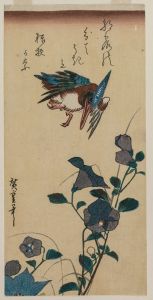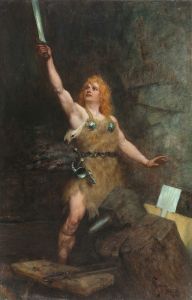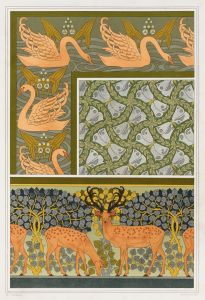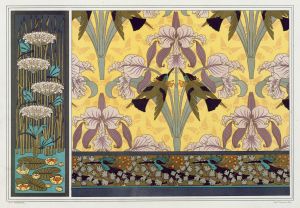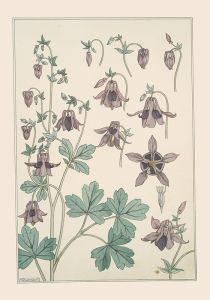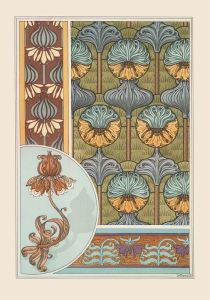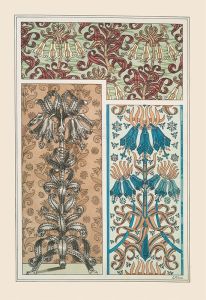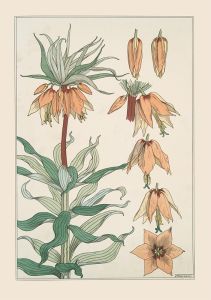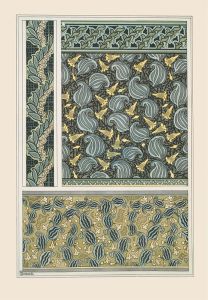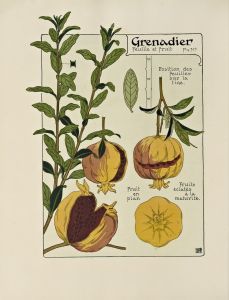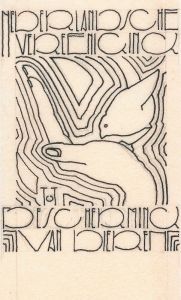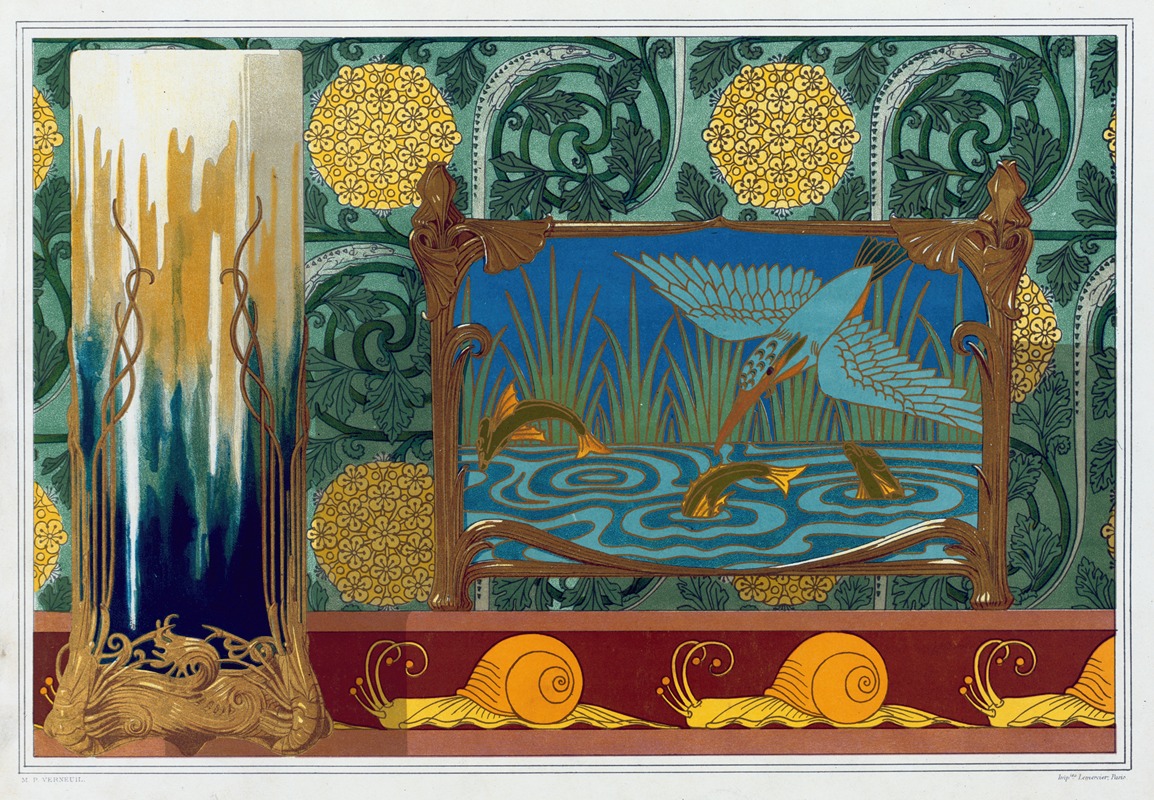
Crevettes, support en bronze pour un vase. Martin-pêcheur et poissons, jardinière bronze et émail cloisonné.
A hand-painted replica of Maurice Pillard Verneuil’s masterpiece Crevettes, support en bronze pour un vase. Martin-pêcheur et poissons, jardinière bronze et émail cloisonné., meticulously crafted by professional artists to capture the true essence of the original. Each piece is created with museum-quality canvas and rare mineral pigments, carefully painted by experienced artists with delicate brushstrokes and rich, layered colors to perfectly recreate the texture of the original artwork. Unlike machine-printed reproductions, this hand-painted version brings the painting to life, infused with the artist’s emotions and skill in every stroke. Whether for personal collection or home decoration, it instantly elevates the artistic atmosphere of any space.
Maurice Pillard Verneuil was a notable French artist and designer associated with the Art Nouveau movement, which flourished from the late 19th century to the early 20th century. He was renowned for his innovative use of natural forms and his ability to blend various artistic techniques and materials. One of his works, "Crevettes, support en bronze pour un vase. Martin-pêcheur et poissons, jardinière bronze et émail cloisonné," exemplifies his mastery in combining different artistic elements and materials.
This particular piece by Verneuil is a testament to the Art Nouveau style, characterized by its organic forms, intricate details, and the harmonious integration of different materials. The title of the work suggests a composition that includes shrimp (crevettes), a kingfisher (martin-pêcheur), and fish (poissons), all of which are common motifs in Art Nouveau due to their natural and fluid forms. The use of bronze as a support for a vase indicates a sculptural element, while the mention of cloisonné enamel suggests a decorative technique that involves creating compartments (cloisons) on a metal object and filling them with enamel.
Verneuil's choice of subjects, such as aquatic life, reflects the Art Nouveau fascination with nature and its forms. The kingfisher and fish are likely depicted in a stylized manner, emphasizing their graceful shapes and movements. The inclusion of shrimp adds to the aquatic theme, possibly serving as a decorative element that complements the overall design.
The use of bronze in the piece highlights Verneuil's skill in metalwork, a common medium in Art Nouveau decorative arts. Bronze allows for detailed sculpting and adds a sense of permanence and elegance to the work. The cloisonné technique, on the other hand, is indicative of Verneuil's interest in color and pattern. Cloisonné involves intricate craftsmanship, as it requires the careful application of enamel within the metal compartments, resulting in vibrant and durable decorative surfaces.
Maurice Pillard Verneuil's work often drew inspiration from Japanese art, which was highly influential in the Art Nouveau movement. The depiction of natural elements such as fish and birds, as well as the use of cloisonné, may reflect this influence, as Japanese art is known for its detailed and stylized representations of nature.
Overall, "Crevettes, support en bronze pour un vase. Martin-pêcheur et poissons, jardinière bronze et émail cloisonné" is a fine example of Verneuil's ability to merge different artistic techniques and materials to create a cohesive and aesthetically pleasing work. It showcases his talent in capturing the beauty of nature through the lens of Art Nouveau, utilizing both sculptural and decorative arts to achieve a harmonious design. This piece not only highlights Verneuil's artistic skills but also serves as a representation of the broader Art Nouveau movement, which sought to bring art into everyday life through the integration of beauty and functionality.





